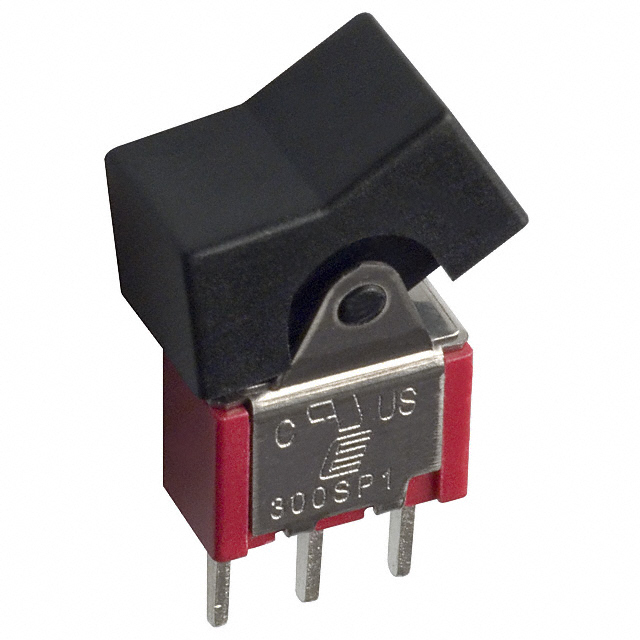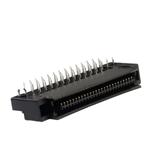Features: Wide Operating Voltage Range 1.8 - 9.0 V
Low Quiescent Current
AC Short-Circuit Protection
Low External Parts Count
Low Distortion
40 dB Voltage Gain
Low NoiseApplicationSelection of power-supply voltage and speaker impedance allows a designer to choose audio power levels within the allowable package power dissipation rating for any maximum operating temperature. No unique precautions are necessary when designing with this device. It is stable and ac short-circuit immune.
External component selection for this low-power amplifier involves only two capacitors - one for output coupling and one for feedback and ripple decoupling. The coupling capacitor value should be selected to provide the desired low-frequency cutoff with the chosen load impedance. The decoupling capacitor should be chosen for both low-frequency audio rolloff and supply-ripple rejection.
Ripple rejection is not practical to calculate due to the large number of mechanisms involved. A 500 F capacitor achieves typi-cally 25 dB rejection at 120 Hz.
The high gain and the high input impedance of the power amplifier recommend use of this device in many diverse applications. However, the input stage does have other characteristics that should be taken into account for best results. The input is referenced to ground for internal biasing and must be provided with a dc path to ground. A current of typically 1 A flows from the input through the volume control. This produces an IR drop that is multiplied by the closed loop dc gain of the amplifier and appears as an error in output centering. This recommends a value of 200 k? or less for the volume control; values of less than 100 k? are preferred.
The selection of amplifier load impedance involves more than just consideration of the desired power output. A low load impedance will produce the highest power output for any given supply voltage. Higher impedances will furnish significant reduction in harmonic distortion and improvement in overall repeatability in power output capacity.
Special steps toward minimizing tendencies towards instabilities of all types were taken in the design of this device. However, as with all high-gain circuits, care should be given to printed wiring board layout to avoid undesirable effects. Inputs and outputs should be well separated and should avoid common-mode impedances wherever possible. For best performance, connect low-level input-signal ground terminals and the decoupling capacitor ground terminal together at pin 3 (signal ground); connect the high-level speaker ground terminal and the power supply ground terminal together at pin 2 (power ground). The signal ground and the power ground should be interconnected at only one point.
SpecificationsSupply Voltage,VCC . . . . . . . . . . . . . . 10 V
Package Power Dissipation,
PD. . . . . . . . . . . . . . . . . . . . ... See Graph
Operating Temperature Range,
TA . . . . . . . . . . . . . . . . -20°C to +85°C
Storage Temperature Range,
TS . . . . . . . . . . . . . . . -65°C to +150°C

 3718 Data Sheet
3718 Data Sheet








